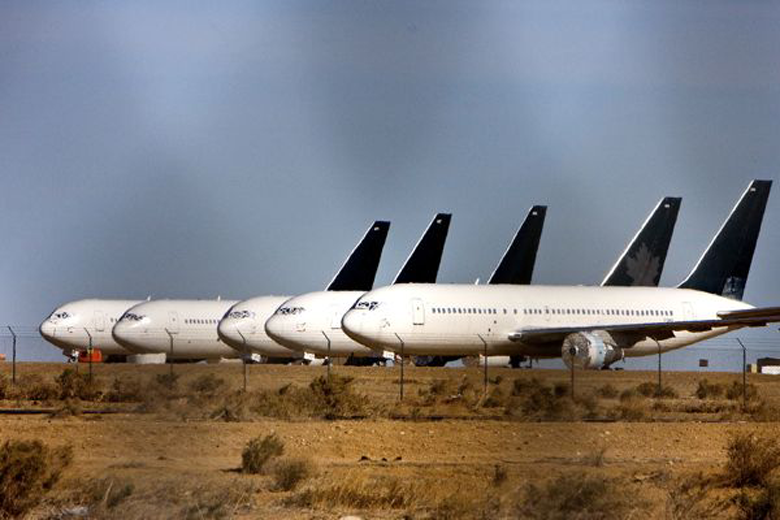Not long ago having a lot of inventory common. It was "smart", right and the industry norm. You had something when you needed it...if you ever needed it.
I used to think this way as well.
I'd wake up every morning, sip on my coffee, and wonder how I was going to keep plenty of stock. Always. But then one morning I woke up and the coffee smacked me clear across the face.
We opened up various airline and MRO client financials and calculated furiously, Albert Einstein style. I tend to think him and I as one of the same, but anyway...
The financials argued against everything that was industry norm. Insurance premiums continued to soar, warehousing and distribution costs were at an all-time high, and overhead was out of control.
Carrying costs were clearly not in the best interest of our airline and MRO clients.
Are you losing your ass-ets?
Inventory is necessary but excess is a sin.
Excess is overspent, unwanted surplus that you have no control over. It’s a blood sucking insect that is more of a pain than it is a benefit.
According to "Production Spare Parts: Optimizing the MRO Inventory Asset" they state some sobering facts:
- In a typical production plant, about 30 percent of the spare parts sitting on shelves are unnecessary.
- More than 60 percent of all stocked spare parts have not been used in three years.
- About 35 percent of all spare parts are critical to operations and not easily attainable with short lead time.
- Between 10 and 20 percent of the parts account for 80 percent of the total inventory value.
- Annual carrying costs associated with spare parts is between 20 and 25 percent, meaning the cost to a company of every spare part stocked doubles in four to five years.
Manage your assets the right way
Finding ways to avoid carrying costs is easy, but implementing them is a chore.
It takes a planned strategy and proper support.
Here are a few ways we recommend for you to manage your aircraft assets and bottom line:
1) Streamlined Distribution: Procurement for aircraft checks will encounter bottlenecks. Talk with your trusted material advisers during this process and organize maintenance check material distribution strategy.
2) Vendor Managed Inventory: The JIT strategy benefits are low inventory, low wastage, high-quality production, and increased up-time. It reduces carrying costs and the effort into having to repurchase common material.
3) Repair management: Recycling your inventory through MROs is mandatory but dealing with the mess having to manage MROs is another story. A repair management program will do all the work for you. It'll save you a lot of money on freight and processing costs.
4) Asset management: Whether you have surplus or you're slowly building the unwanted dust an asset management program will help you liquidate your surplus material. You'll recapture the lost capital tied up into your inventory. Or if you have an end of life aircraft consign it to a reliable party so they can tear it down and sell the assets. You'll have thousands of profitable spare parts generating revenue for you while keeping a depreciable asset.
Focus on stocking enough for minimum requirements and adopting new strategies for streamlined distribution. You owe it to your bottom line. And stop losing your ass-ets.
Need to sell your surplus?







